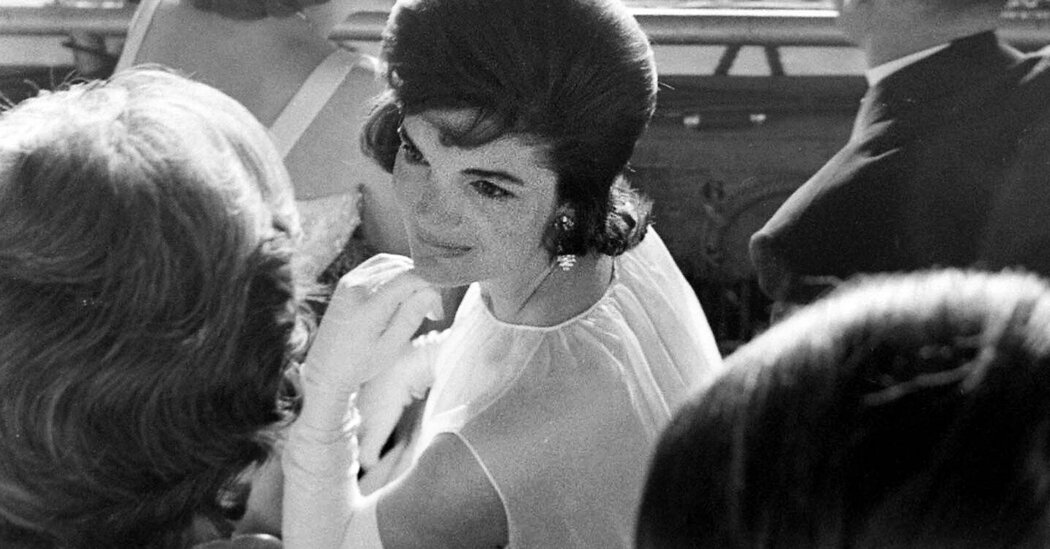For the most part, presidential inaugurations are moments of communal pageantry. There is music and poetry. There are oaths to recite and vows to take. Everyone is smiling for the cameras and everyone is dressing up — for the inauguration on the steps of the U.S. Capitol, and later for a series of balls that have come to symbolize the great promise of a new administration.
Where does the first lady fit into all of this? She never said much during the ceremony and ritual. But ideally, she helps humanize the president while taking on the persona of American royalty. She is, for better or worse, the hostess of what is often presented as a modern fairy tale.
Perhaps that’s why so many people had such a visceral reaction when Rosalynn Carter recycled a dress she already wore when her husband, Jimmy Carter, was inaugurated as president in 1977. The Carters had hoped to channel the idea that they were feeling the economic pain of the crisis. ordinary people, an old promise from the campaign trail. But no one wanted them to be ordinary people, not during the inauguration and not while dancing at their galas.
Tastes have evolved, of course. (Hello sequins. Goodbye, fur.) And first ladies make personal choices. But in the end, it’s largely about a carefully constructed image and conveying messages about priorities – something that has often been done through fashion.
Pat Nixon, in pink, and Betty Ford, in blue, wore pastels on August 9, 1974, which was a miserable day for President Richard Nixon. After Nixon resigned amid scandal, his vice president, Gerald Ford, was sworn in to replace him.
When President Harry Truman, far right, took the oath of office for a second term in 1949, he delivered a speech that The New York Times described as “profoundly solemn.” Family members, including his wife Bess, far left, dressed the role in muted tones and dark coats. Vice President Alben Barkley stands next to Mr. Truman.
Vanessa Friedman reporting contributed.
Produced by Christy Harmon





